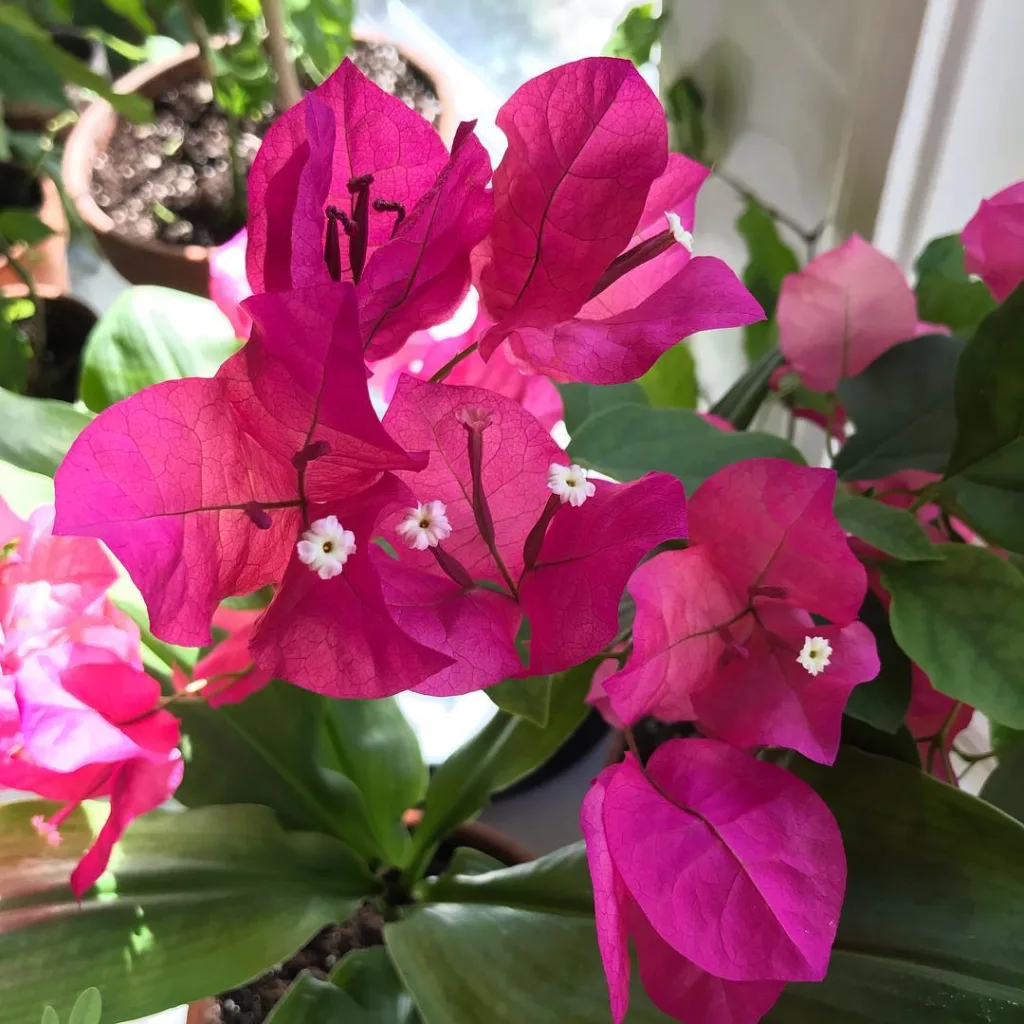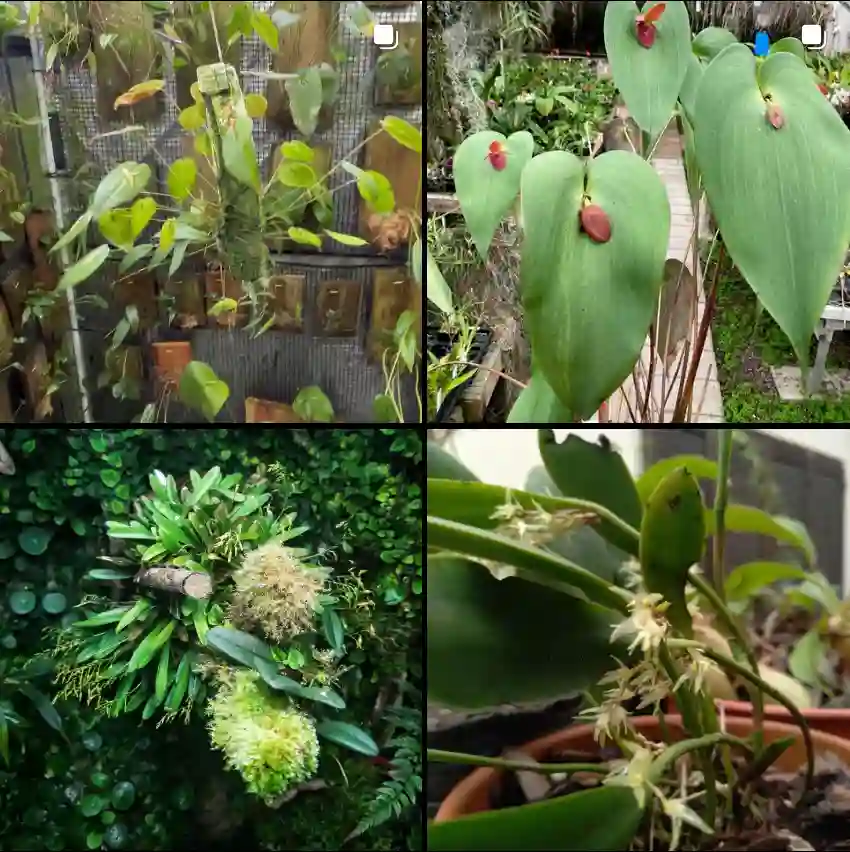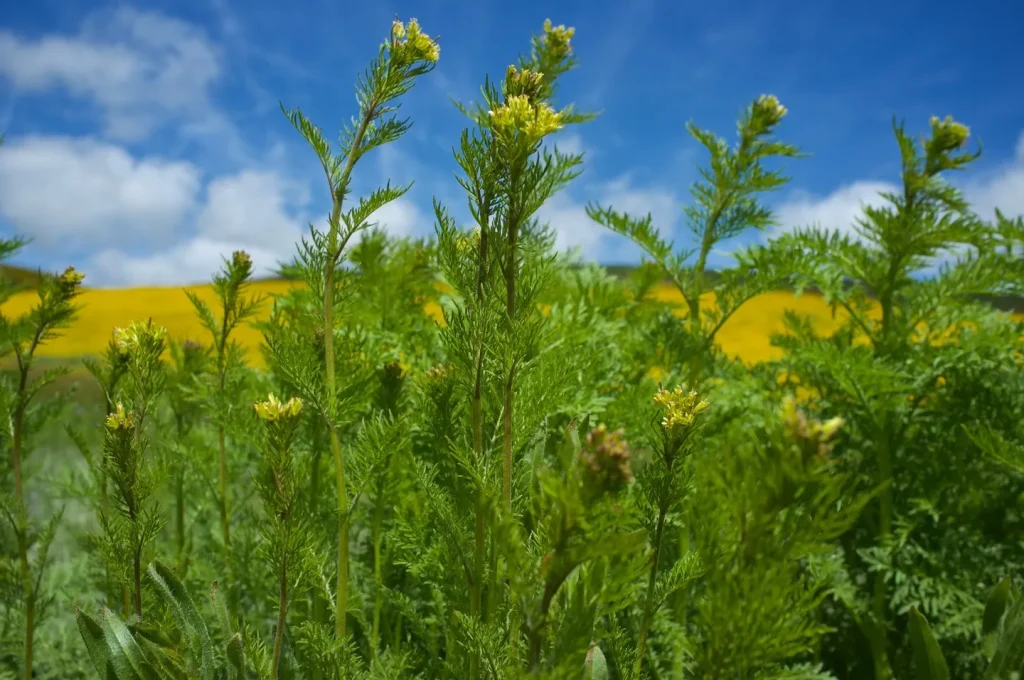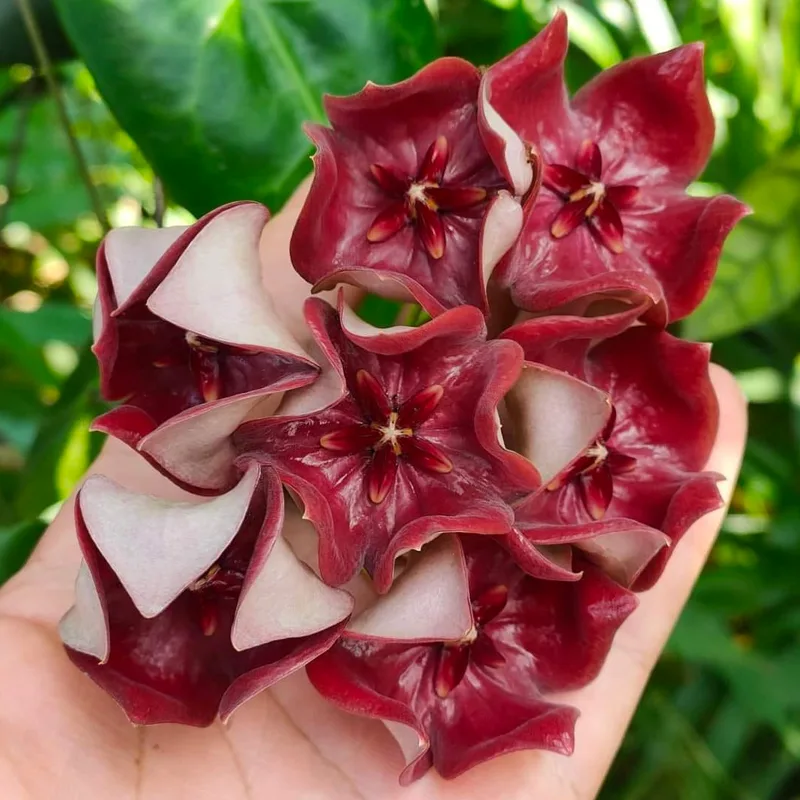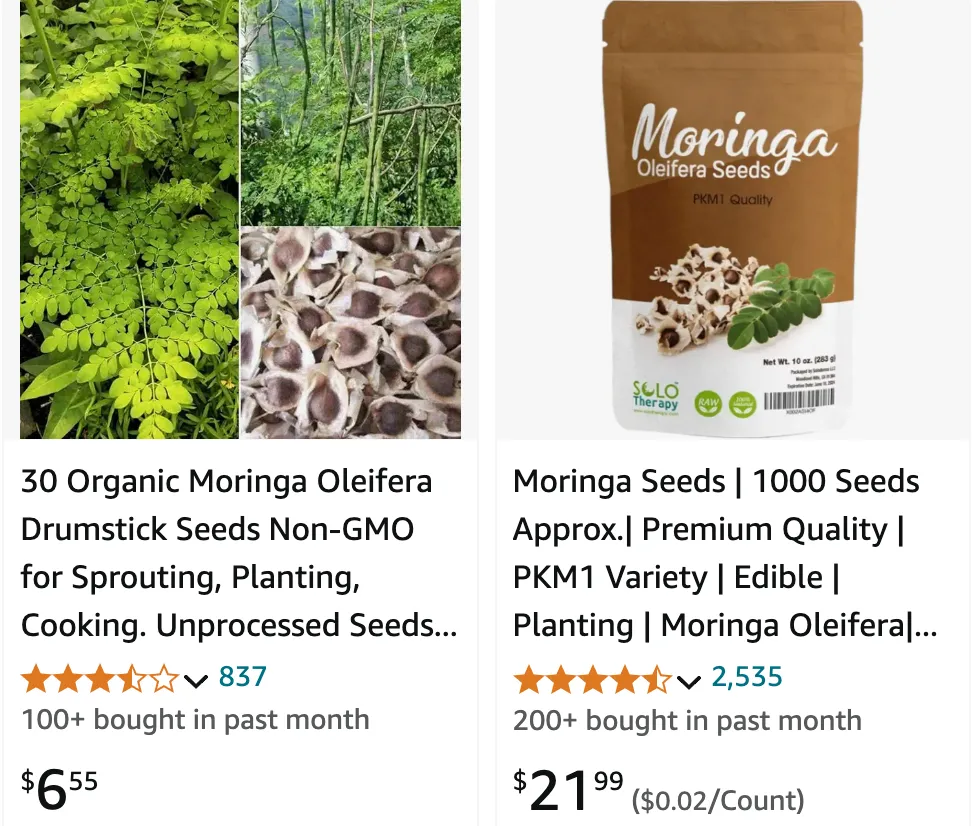
What is a Benzoil Tree?
The Benzoil Tree, also known as Moringa Oleifera, is a fast-growing, drought-resistant tree native to parts of Africa and Asia. This remarkable tree is often referred to as the “drumstick tree” due to the shape of its seed pods or as the “miracle tree” because of its many uses and nutritional benefits. The tree grows up to 12 meters tall and is prized for its leaves, seeds, and pods, all of which are edible and rich in nutrients.
Moringa Oleifera has been used for centuries in traditional medicine, and its leaves are often made into powders and oils used for both culinary and therapeutic purposes. The tree thrives in tropical and subtropical climates and is highly valued for its ability to grow in challenging environments, providing food, medicine, and water purification benefits to communities.
Plant Family: Moringaceae – 13 Species in Genus Moringa
How to Care for a Benzoil Tree?
Caring for a Benzoil Tree (Moringa Oleifera) is relatively straightforward, especially if you’re in a warm, sunny climate. Here’s what I’ve learned from growing and caring for this tree:
- Light: Moringa loves full sun. The tree needs at least 6-8 hours of direct sunlight daily to thrive. It can handle some shade, but full sun is ideal for optimal growth and leaf production.
- Soil: Moringa is highly adaptable but prefers well-draining, sandy, or loamy soils. It can grow in poor soils where many other plants struggle, making it an excellent option for challenging growing conditions.
- Watering: Although the Benzoil Tree is drought-resistant, regular watering helps it establish faster and grow more vigorously, especially during its first year. After that, it’s quite resilient and can survive with minimal watering.
- Fertilizing: Moringa doesn’t require heavy feeding. I typically apply compost or a balanced fertilizer once in early spring to boost growth. If you’re using the leaves for consumption, organic fertilizers are a good option.
- Pruning: Regular pruning encourages bushier growth and makes harvesting the leaves easier. Pruning also helps manage the tree’s size, which can become quite large if left unchecked.
How to Propagate a Benzoil Tree?
There are two main ways to propagate the Benzoil Tree: through seeds or cuttings. I’ve tried both methods, and here’s what works best for each:
- Seed Propagation: Moringa seeds germinate quickly and easily. Plant the seeds directly in the ground or in pots with well-draining soil. Water them regularly but avoid overwatering. Germination usually occurs within a week or two, and the seedlings grow rapidly.
- Cuttings: Moringa can also be propagated from cuttings. Take a healthy branch about one meter long and plant it in well-drained soil. Water it sparingly until you see new growth, which indicates that roots have formed.
What to Plant with a Benzoil Tree?
The Benzoil Tree can serve as an excellent companion plant in a food forest or permaculture garden. I’ve found that herbs like basil, coriander, and mint thrive under the partial shade provided by the tree. Additionally, vegetables such as spinach and sweet potatoes grow well nearby, benefiting from the nitrogen-fixing qualities of the Moringa tree’s roots.
Since Moringa has deep roots, it doesn’t compete much with shallow-rooted plants, making it a versatile addition to many planting schemes. I also like to pair it with legumes like beans and peas for their mutual nitrogen benefits.
How to Use the Benzoil Tree?
The Benzoil Tree is incredibly versatile, with nearly every part of the plant being useful in some way. Here are some of the ways I’ve used it:
- Leaves: The leaves are packed with nutrients and can be used fresh in salads, smoothies, or cooked like spinach. They’re also dried and powdered to be added to foods as a supplement. I’ve found that adding Moringa powder to my daily diet boosts energy and improves overall health.
- Pods: The young seed pods, also known as drumsticks, are commonly used in cooking, especially in Indian cuisine. I like to use them in soups and stews.
- Seeds: The seeds are not only edible but also have medicinal properties. They can be pressed to produce oil, which is used in cooking and cosmetics. The seeds are also used to purify water due to their natural coagulating properties.
- Flowers: Moringa flowers are edible and often used in salads or as a garnish. They have a mild, sweet taste.
Is the Benzoil Tree Toxic?
The Benzoil Tree (Moringa Oleifera) is generally safe and non-toxic for both humans and animals. However, there are a few things to keep in mind:
- Root bark: The bark and roots of the tree contain toxic alkaloids, so they should not be consumed in large amounts. Pregnant women should avoid them altogether, as they may cause complications.
- Seeds: While the seeds are edible, consuming them in very large quantities could potentially cause digestive issues, so moderation is key.
Overall, the leaves, pods, and seeds are considered safe for regular consumption, and I’ve never had any negative experiences with them.
Common Pests and Problems
In my experience, the Benzoil Tree is quite hardy and pest-resistant. However, there are a few pests that can pose a problem:
- Aphids: These small insects can sometimes infest the leaves. I’ve found that spraying with neem oil or a mild soap solution usually keeps them in check.
- Caterpillars: These can chew through the leaves but are easy to manage with hand-picking or natural predators like birds.
As for diseases, Moringa is relatively disease-resistant. Root rot can be an issue if the tree is overwatered, so ensuring proper drainage is essential.
Final Thoughts
The Benzoil Tree (Moringa Oleifera) is truly a miracle plant. It’s easy to grow, incredibly versatile, and packed with nutrients. Whether you’re planting it for food, medicinal purposes, or to enhance your garden, this tree offers a wide range of benefits. From my own experience, it’s one of the most rewarding plants you can grow, and it will serve you well in various ways, whether it’s in the kitchen, the medicine cabinet, or your garden’s ecosystem.
If i die, water my plants!
